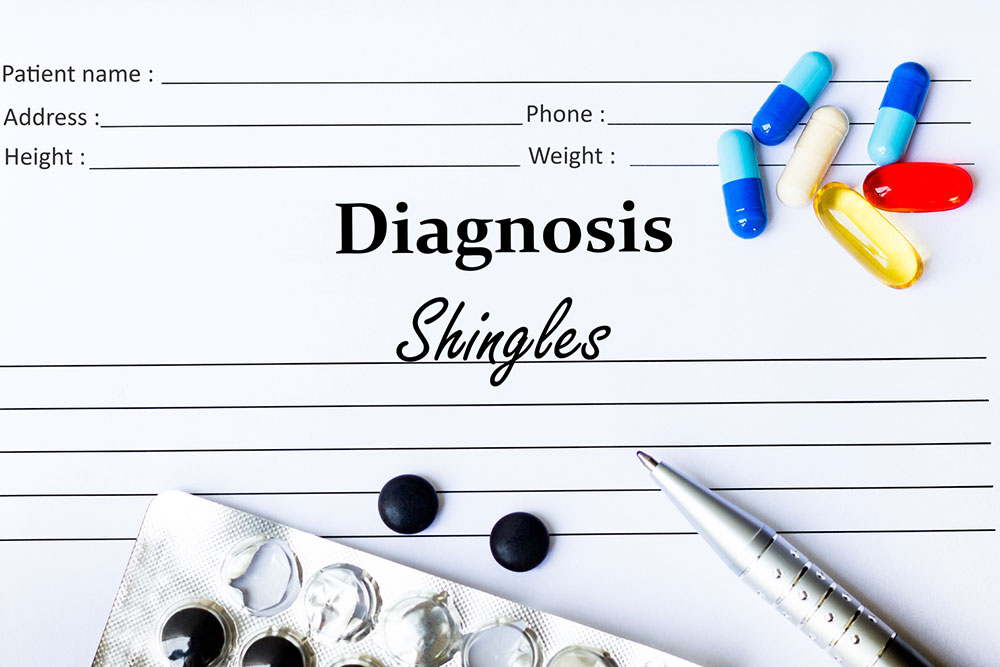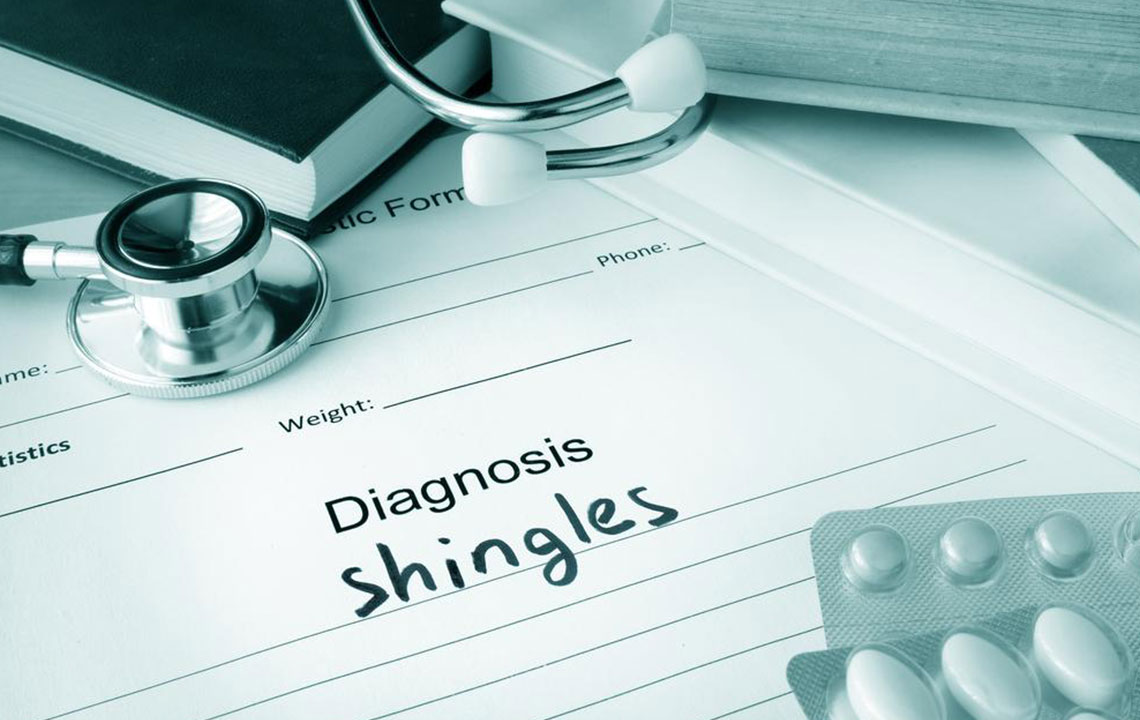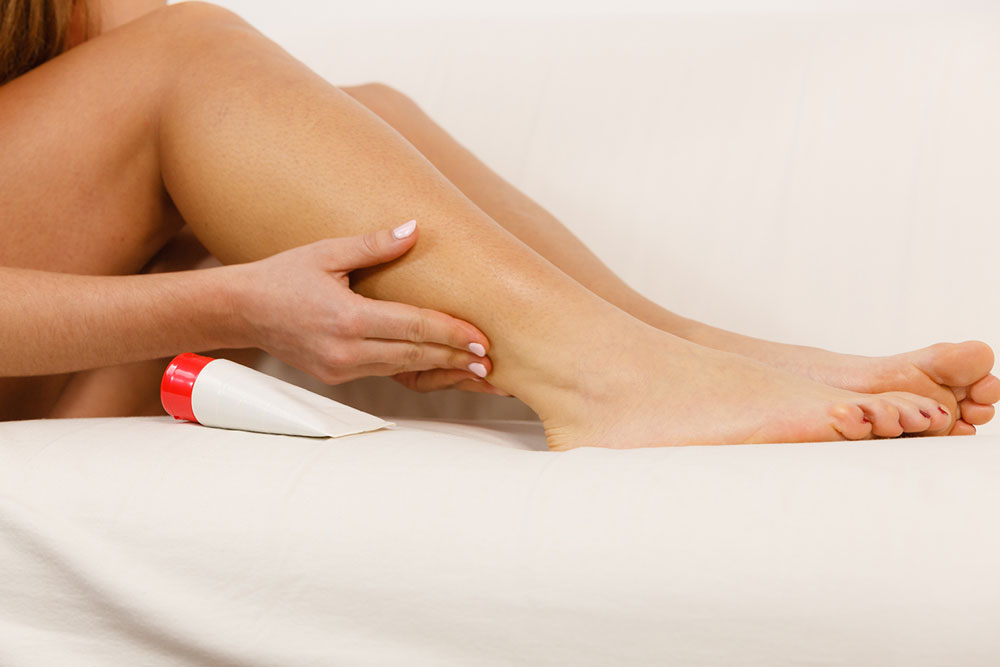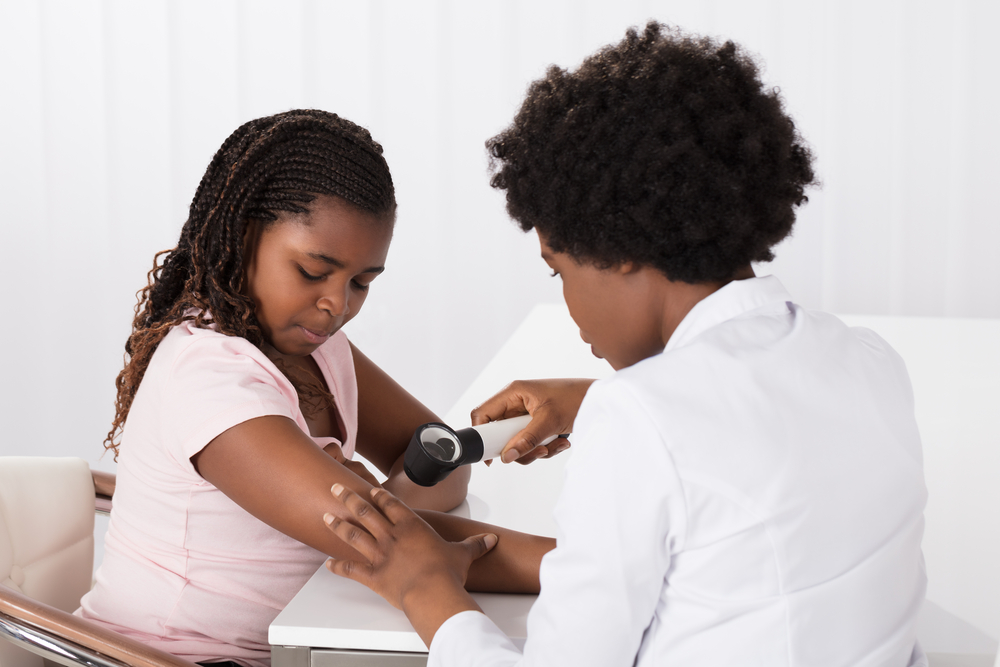Comprehensive Guide to Shingles: Causes, Symptoms, and Effective Treatment Strategies
This comprehensive article explores shingles in detail, covering its causes, symptoms, risk factors, treatment options, and preventive measures. Understanding this viral skin condition can aid in timely management, reducing discomfort and complications, especially with effective vaccination and immune health strategies. Whether you are at risk or seeking to learn more, this guide provides valuable insights into shingles care and prevention.
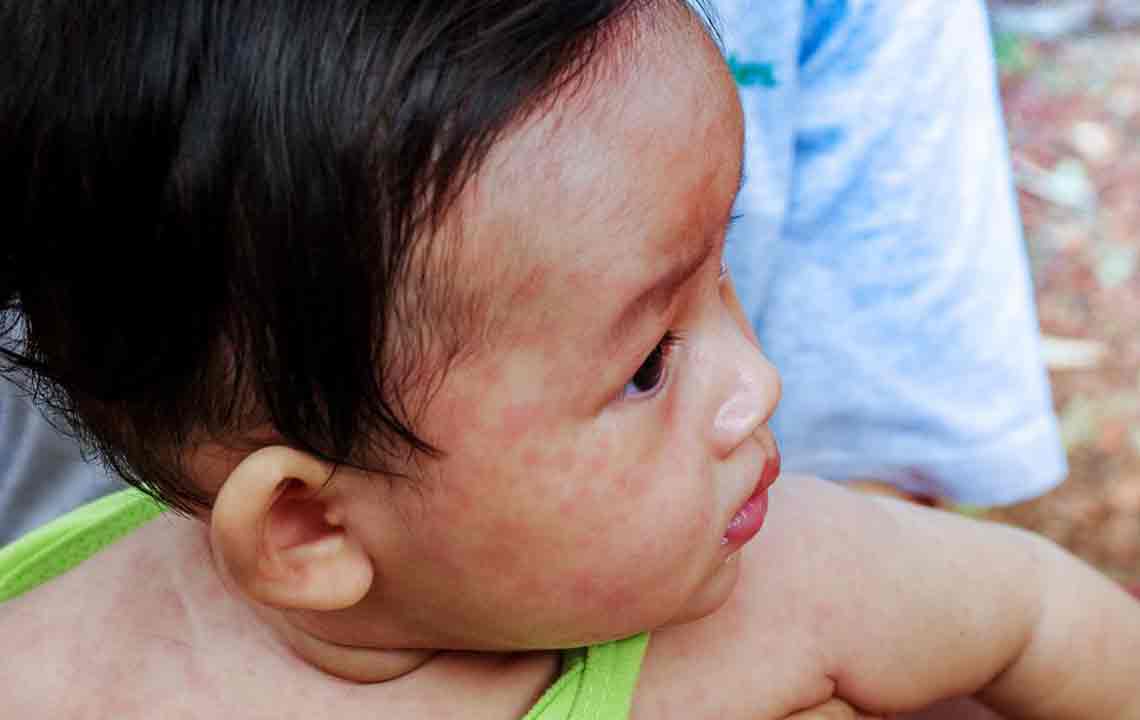
Comprehensive Guide to Shingles: Causes, Symptoms, and Effective Treatment Strategies
Have you ever experienced the itchy, painful rashes that seem to appear out of nowhere after recovering from chickenpox? If so, you might be dealing with shingles, a condition that primarily affects adults and can cause significant discomfort. Shingles, medically known as herpes zoster, is a viral infection characterized by painful blisters that often develop on the face or torso. Understanding this condition is essential for timely treatment and management, especially considering its prevalence and impact on health.
Each year, approximately one million Americans are affected by shingles. The disease is particularly common among older adults, with the risk increasing significantly after age 50. However, it can occur at any age, especially in individuals with weakened immune systems. The recurrence of shingles is also possible, often linked to declining immunity or other health-related issues. Recognizing the causes, symptoms, and treatment options is critical for those who experience this condition.
What Causes Shingles? An In-Depth Explanation
Shingles is caused by the reactivation of the varicella zoster virus, the same virus responsible for chickenpox. After a person recovers from chickenpox, the virus does not fully leave the body; instead, it becomes dormant in the nerve tissue near the spinal cord and brain. Years or decades later, due to factors such as aging, stress, or immune suppression, the virus can reactivate, traveling along nerve pathways to the skin and causing the characteristic rash and pain associated with shingles.
Reactivation of the virus can be triggered by several factors, including:
Age-related decline in immune function
Immunosuppressive therapies like chemotherapy or steroids
Chronic illnesses, such as HIV/AIDS or autoimmune diseases
Physical or emotional stress
Recent illness or injury that weakens immunity
Interestingly, even those vaccinated against chickenpox or who have previously had the disease can develop shingles because the virus can reactivate despite prior immunity. This reactivation occurs when the immune system's ability to keep the virus dormant diminishes.
Recognizing the Symptoms of Shingles
The symptoms of shingles often begin subtly before progressing into more characteristic signs. The initial phase usually involves a burning or tingling sensation in an area of the skin, often localized to one side of the body or face. People may also experience itching, numbness, or heightened sensitivity in the affected area. This prodromal phase can last for a few days before the appearance of visible symptoms.
Within 1 to 5 days, reddish patches develop, progressing into clusters of fluid-filled blisters that often follow a band-like or dermatomal pattern along nerve pathways. These blisters are typically localized to one side of the body or face, reflecting the nerve distribution involved. As the blisters rupture, they form crusts and scabs, which eventually heal over time.
Besides the skin manifestations, shingles can cause systemic symptoms such as fever, chills, fatigue, and headache. One of the most notable complications is postherpetic neuralgia, a condition where nerve pain persists long after the skin lesions have healed. The severity and duration of neuralgia are influenced by age, immune status, and the promptness of treatment.
Transmission and Contagion: What You Need to Know
Shingles can be contagious, but the risk is limited to specific circumstances. The virus spreads through direct contact with the open blisters of an active shingles rash. It is important to note that shingles is not spread through coughing, sneezing, or casual contact; only contact with the lesions can transmit the virus.
When someone with active shingles lesions comes into contact with individuals who have never had chickenpox or the vaccine, they can develop chickenpox rather than shingles. Therefore, pregnant women and immunocompromised individuals should avoid contact with active shingles rashes to prevent infection.
Once the skin lesions crust over and heal, the risk of contagion diminishes significantly. Maintaining good hygiene and avoiding scratching or irritating the blisters can help prevent the spread of the virus.
Risk Factors Enhancing the Likelihood of Developing Shingles
Various factors influence an individual's risk of developing shingles. Age is a prominent factor; those over 60 years are at the highest risk, as immune system efficiency declines with age. Additionally, people with weakened immune systems due to illness, medication, or medical treatments like organ transplants are more vulnerable.
Autoimmune conditions such as Crohn’s disease, rheumatoid arthritis, lupus, and ulcerative colitis can also increase susceptibility. Chronic stress, poor nutrition, and sleep deprivation are other contributing factors that impair immune defenses.
Effective Treatments and Management Options
While shingles can be uncomfortable and potentially serious, several treatment options are available to reduce symptoms, shorten the duration, and prevent complications. Early intervention is crucial for the best outcomes.
Standard treatments include:
Antiviral medications: Drugs like acyclovir, valacyclovir, and famciclovir are most effective when started within 72 hours of rash appearance. They can reduce the severity and duration of symptoms and lower the risk of neuralgia.
Topical agents: Calamine lotion, soothing creams, and calamine sprays help alleviate itching and discomfort.
Pain management: Over-the-counter analgesics such as acetaminophen or NSAIDs can ease mild pain. Severe cases may require stronger pain relievers, nerve blocks, or anticonvulsants like gabapentin.
Home remedies and supportive care: Cold compresses, colloidal oatmeal baths, and maintaining good skin hygiene can provide relief.
Diet and Lifestyle: Supporting Your Recovery
Nutrition plays a vital role in supporting immune function and aiding recovery from shingles. Consuming foods rich in vitamins A, B-12, C, E, and amino acids like lysine can bolster immune health and skin healing. Foods to include in your diet are eggs, poultry, leafy greens, colorful fruits such as oranges and yellows, fish, dairy products, whole grains, beans, and tomatoes.
Conversely, certain foods should be limited or avoided, as they may exacerbate symptoms or hinder healing. High intake of saturated fats, processed foods, sugar-laden sweets, refined carbohydrates, and arginine-rich foods like chocolate and nuts can trigger flare-ups or prolong recovery. It is advisable to minimize these during active episodes.
Integrative and Homeopathic Approaches to Shingles Relief
Some individuals explore alternative and homeopathic remedies to complement conventional treatments. Supplements such as melatonin, echinacea, lemon balm, green tea, and omega-3 fatty acids have been suggested to support immune health and reduce inflammation. Essential oils like oregano oil and remedies like St. John’s Wort are also considered by some for their antiviral and soothing properties.
Consulting with a healthcare professional before starting any alternative therapy is essential to ensure safety and appropriateness, especially since individual responses vary. Lifestyle factors, including adequate rest, stress reduction, and healthy eating, are fundamental components of effective shingles management.
Preventative Measures and Vaccination
Preventing shingles is possible through vaccination. The shingles vaccine (such as Shingrix) is recommended for adults aged 50 and older, regardless of whether they have had shingles before. The vaccine significantly reduces the likelihood of developing shingles and postherpetic neuralgia. Staying up to date with vaccines and maintaining a healthy immune system through lifestyle and diet are critical strategies for prevention.
Conclusion: Living with Shingles and Prevention Strategies
Shingles remains a common and sometimes debilitating condition, but with early diagnosis and comprehensive management, symptoms can be effectively controlled. Recognizing risk factors, understanding transmission routes, and adopting a healthy lifestyle can make a significant difference. Vaccination offers a powerful tool for prevention, especially for older adults.
In addition to medical treatments, supporting your immune health through proper diet, stress management, and adequate rest is vital. If you suspect shingles, seek medical attention promptly to initiate antiviral therapy and reduce the risk of complications. With the right approach, managing shingles and maintaining a good quality of life is entirely achievable.

